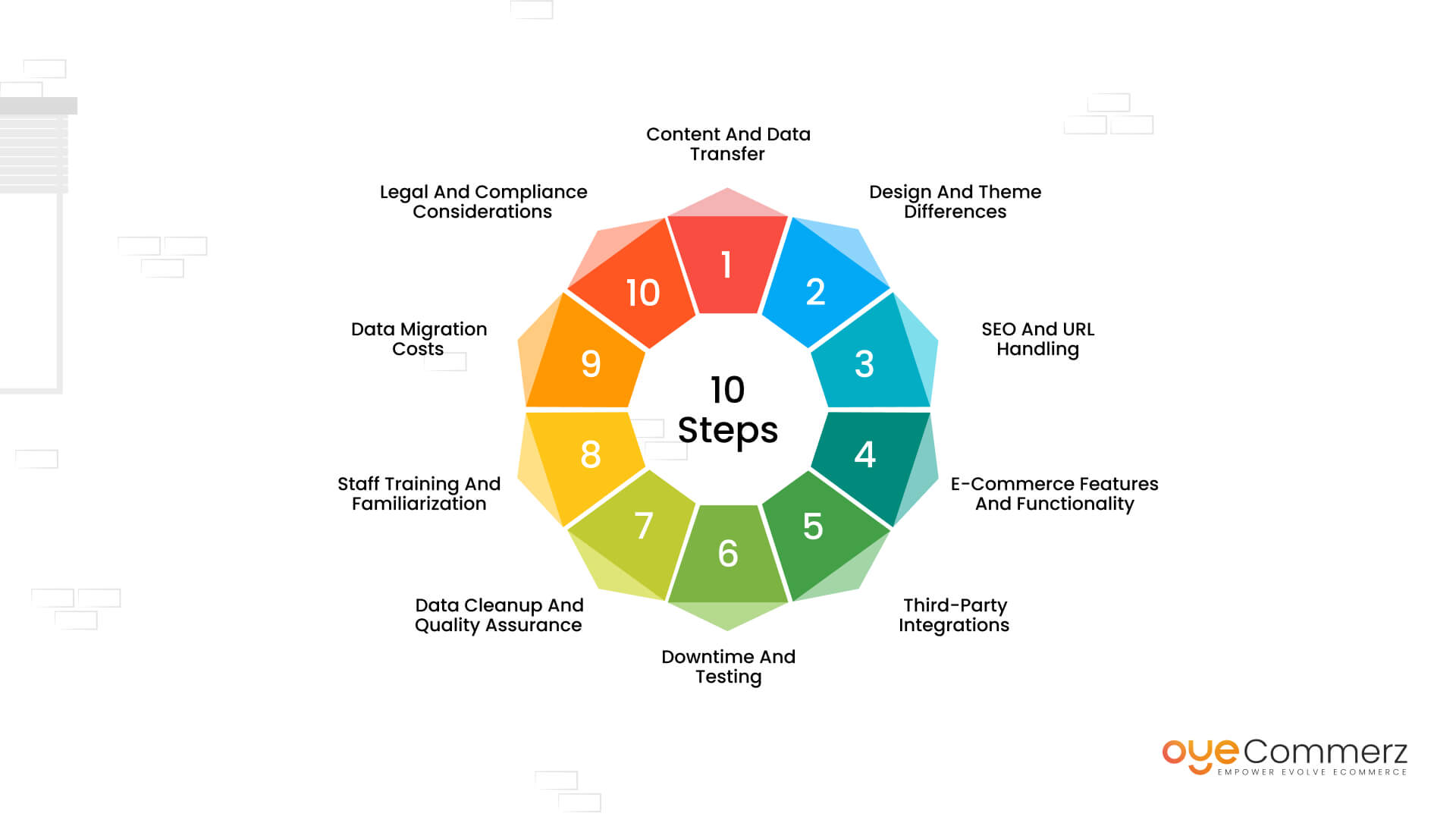Shifting from WP to Shopify is an exciting step in optimizing your online store operations. As companies grow, selecting a solution that aligns with growth potential, user experience, and flexibility becomes crucial. Shopify is widely recognized as a favorite for e-commerce professionals, offering unmatched adaptability, security, and user-friendliness. In this guide, we will delve into why this migration is a game-changer, highlight the benefits, and share actionable steps to facilitate a seamless move.
1. Why Migrate from WP to Shopify?
WordPress, paired with WooCommerce, continues to support countless e-commerce platforms. However, as companies scale, issues like plugin dependency, security vulnerabilities, and complex setups can hinder progress. Shopify, specifically created for e-commerce, eliminates these concerns with an all-in-one, user-friendly solution. Statistics back this transition—Shopify powers over 4.4 million stores worldwide, with a reported 10% increase in sales performance for many businesses after migration.
2. Key Benefits of Shopify for E-commerce Success
Shopify’s powerful platform is tailored for expanding brands. Its notable benefits include:
- Seamless Customization: Shopify offers over 80 professionally designed themes.
- Integrated Tools: Features like Shopify Payments and integrated SEO save time and effort.
- International Expansion: Currency versatility and localization features enable brands to expand internationally.
Additionally, Shopify boasts an availability percentage of 99.98%, guaranteeing your store is always operational.
3. Getting Ready for Your WordPress-to-Shopify Transition
Prior to starting the migration process, evaluate your current store. Analyze inventory details, customer details, and SEO performance. Resources such as Shopify’s Migration Kit or external tools help ease the transition. Create a detailed strategy, making sure all resources—product descriptions, images, and blog content—are ready for seamless import.
4. Data Migration: A Critical Step
Data migration is a cornerstone of a smooth transition. When migrating from WordPress to Shopify, prioritize:
- Product Information: SKU, item summaries, and groupings.
- Client Information: Emails, order history, and preferences.
- Search Engine Considerations: Retain meta tags, URLs, and redirects to avoid SEO losses.
Leverage tools such as LitExtension to facilitate seamless migration while reducing mistakes.
5. Customizing Your Shopify Store
Post-migration, personalizing your Shopify store ensures it reflects your brand. Take advantage of Shopify’s intuitive page builder to create layouts with ease. Shopify's themes are optimized for all devices, ensuring a seamless user experience across devices—a critical factor, given 74% of online shopping is generated by mobile users.
6. How to Protect Your SEO Rankings When Switching Platforms
SEO is vital for maintaining your visibility during migration. Shopify excels in SEO with clean URL structures, built-in optimization tools, and seamless blog integration. Ensure:
- Set up URL forwarding for old URLs.
- Product data migration Enhance updated content with keyword-rich content.
- Leverage plugins like Plug in SEO to track analytics after the switch.
7. Essential Bulk migration to Shopify Tests After Migrating to Shopify
After finishing the transfer, conduct thorough testing.
Check: - Website speed (Shopify boasts faster speeds compared to WordPress).
- Payment integration reliability and transaction flow.
- Mobile responsiveness.
Testing ensures your store provides a smooth shopping journey from day one.
8. Real-Life Success Story
One such migration success story is Gymshark, a sportswear company that transitioned to Shopify. Post-migration, the company experienced a 60% boost in mobile sales and significantly lowered site downtime. This highlights the potential of Shopify in driving e-commerce growth.
9. Challenges and Solutions
Migration is not without obstacles, such as data integrity and reconfiguring custom functionalities. However, Shopify’s extensive assistance and external professionals make overcoming these hurdles manageable. Collaborating with qualified Shopify developers helps guarantee a trouble-free transition.
10. Starting Your Journey with Shopify
Migrating from WordPress to Shopify represents a forward-thinking decision to e-commerce. By focusing on growth, streamlining operations, and enhancing the customer experience, Shopify empowers businesses to succeed in competitive markets.
Final Thoughts
Switching from WP to Shopify is a strategic move that can significantly boost your online business performance. With a robust migration plan, the appropriate resources, and professional guidance, you can achieve new success milestones.
Excited to start the journey? Let’s discuss how our Shopify migration services can transform your online store. Contact us now, or consider: Is it time to seize Shopify’s advantages for your store?
